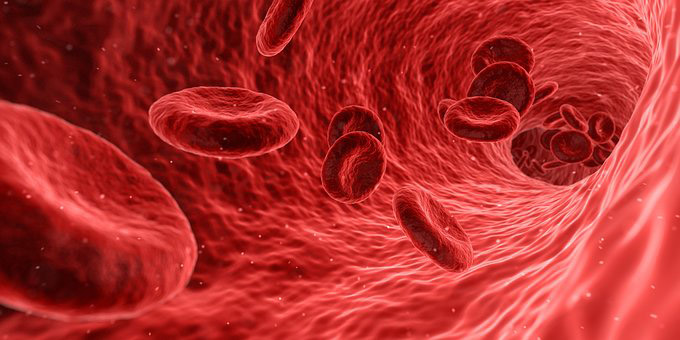IDC internship note – Diving Physics
Diving Physics – Henry’s Law, Charles’s Law and Boyle’s law
Have you ever wondered how you can improve your diving experience? Do you always come back to the surface suffering from shortness of breath or even pressure injuries? Have you ever experienced sharp pains in your ears when diving? Well, you are not alone. While diving is one of the most body and mind stimulating outdoor activities, it comes with its own set of challenges which the diver has to overcome. Luckily, a short lesson in diving physics is all you need to understand diving mechanics and work around these challenges.
Below are some principles in physics that will help you understand what happens when you dive:
- Diving Physics – Charles’s Law: Explaining Temperature & Pressure (density)
This principle states that the amount of change in either volume or pressure of a given volume is proportional to temperature changes. When temperatures rise, this leads to a proportional increase in volume in a fixed container but pressure remains constant. In a non-flexible container, the density will increase if the temperature levels rise. The situation is reversed when the opposite happens. For every 1 °C (up or down) change in temperature, there is a 0.6 °C bar change in pressure.
An increase in pressure leads to dissolving of gas in the liquid. A reduction in pressure on the other hand leads to release of gas from the liquid. In diving, this is witnessed when you dive as there is more pressure as you go down and gases in the body are absorbed into the blood. As you go back up from the bottom, the dissolved gases will be released.
- Diving Physics – Boyle’s law: Volume & Pressure
 This is an important law every diver should understand. It states that at a constant temperature, the volume of a gas is inversely proportional to its pressure. The density of the gas varies directly with the pressure of the gas. When you dive, there is an instant change in pressure and this is one reason most divers experience discomfort.
This is an important law every diver should understand. It states that at a constant temperature, the volume of a gas is inversely proportional to its pressure. The density of the gas varies directly with the pressure of the gas. When you dive, there is an instant change in pressure and this is one reason most divers experience discomfort.
Boyle’s law is the most significant in diving and it explains conditions such as quickly running out of air as you increase the depth of your dive (more gas is required as you go deeper). Ear pain and mask squeeze are also explained by the rapid changes in pressure while a ruptured lung can result from the same changes in pressure.
This diving physics knowledge is covered in your PADI IDC programs. You can find out more from us when you are doing your PADI IDC internship in Bali or just keep watching this space for more updates and posts.




